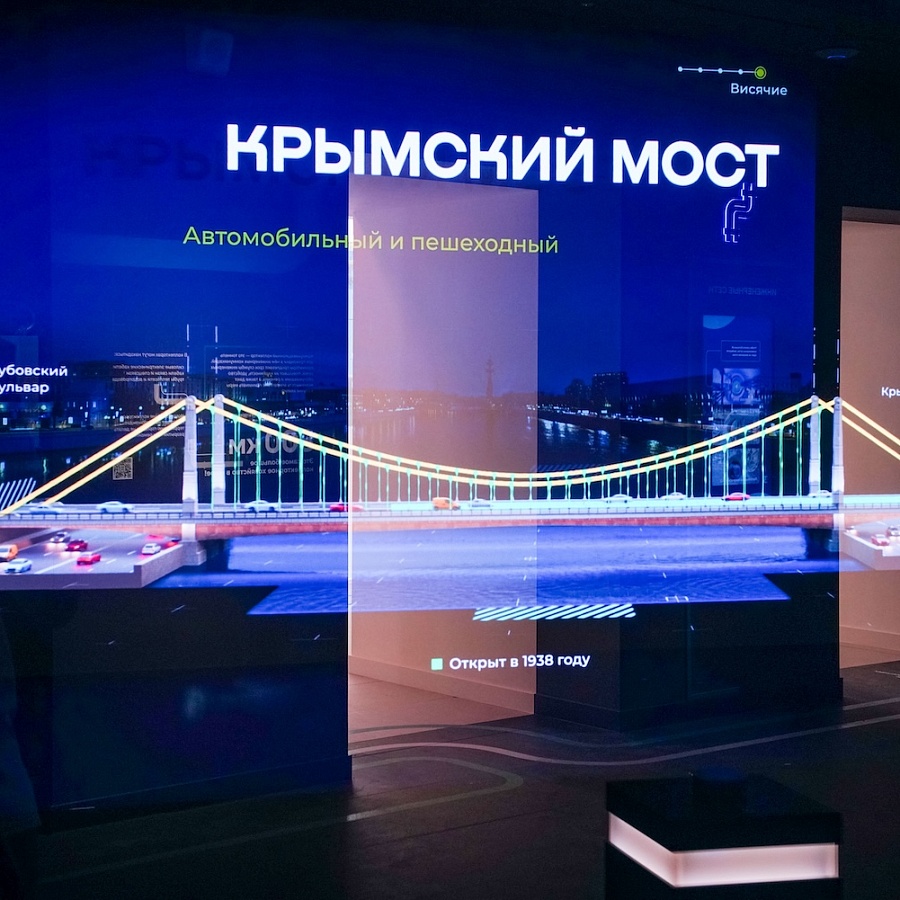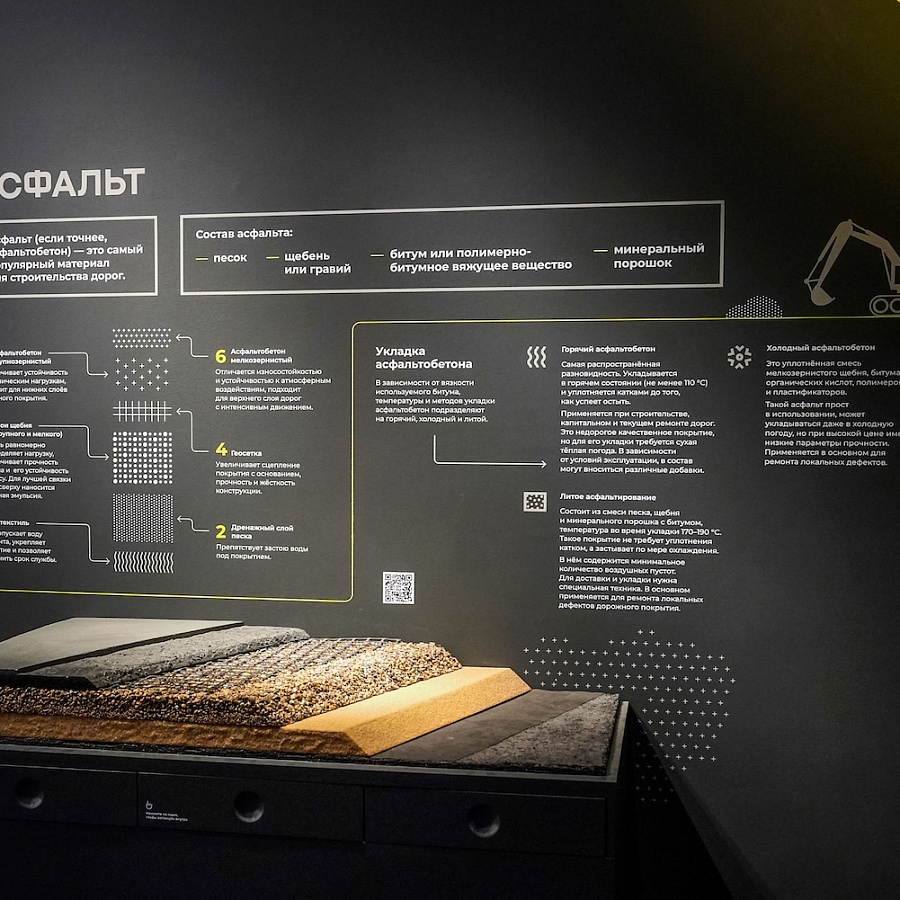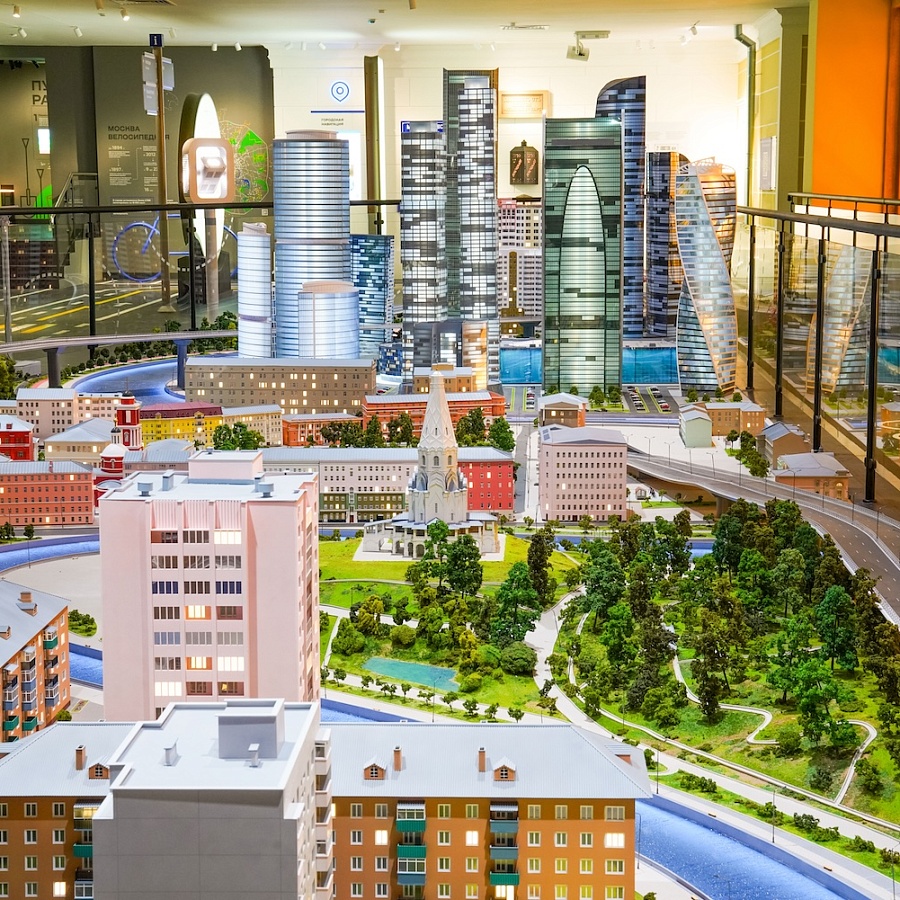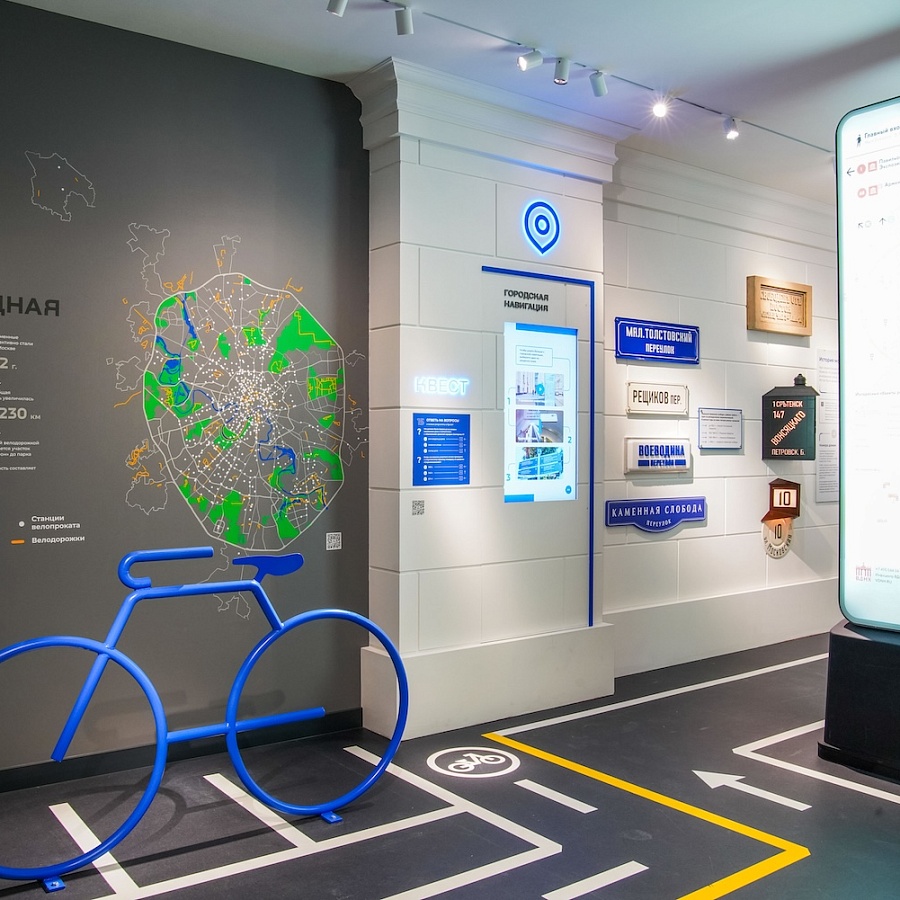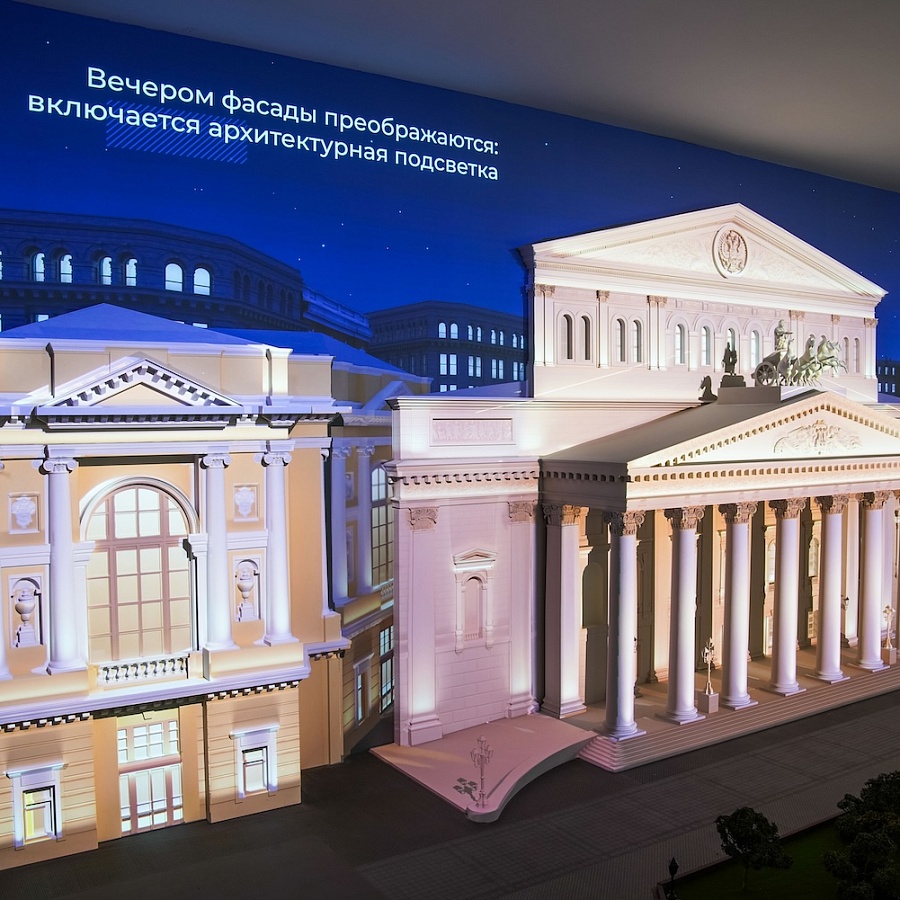
Elevator Systems
The first thing we encounter in most buildings is the elevator. Over 110,000 elevators operate in residential buildings in Moscow. Altogether, Moscow's elevators make about 15 million trips per day.
The main portion of elevator equipment in Moscow is serviced by the Joint Stock Company "Moslift." "Moslift" is among the top five largest elevator service companies in Europe. Today, it is not just a service company. In 2018, "Moslift" began producing elevators under the "Strizh" brand. A real cabin of a "Strizh" is presented in the museum hall. To find out what makes it special, press the call button.
You can see how it is constructed on the upper screen. Any modern elevator consists of the following elements: a cabin, a drive mechanism that includes a motor and a traction winch; a counterweight balancing the cabin; a control station; and below the first-floor level, a shaft with a pit.
For the convenience of residents with limited mobility, the elevator features Braille buttons.
The doors are equipped with an infrared control system that prevents the doors from closing if a person or foreign object is in the doorway. Some "Strizh" elevators are equipped with a video communication option with the dispatcher from the cabin.
If the elevator stops between floors for some reason, the passenger can communicate with the dispatcher via video link, which helps to reduce anxiety for someone stuck in the elevator.
Despite the concerns of many users, elevators are very reliable mechanisms. They are equipped with safety systems that control their operation and will stop the cabin's movement in case of any malfunctions.
If, for some reason, the elevator moves faster than it should, the control system receives a signal and slows down the equipment. If that's insufficient and the speed exceeds by 20%, the so-called safety catches activate—mechanical brakes engage, bringing the cabin to a quick stop.
If this occurs on the lower floors and at high speed, the elevator may not stop completely in time. A potential hard stop is softened by a special buffer located at the bottom of the elevator shaft.
If an unpleasant situation occurs and the elevator gets stuck, you need to press the dispatcher call button, and help will arrive promptly. Today, people trapped in an elevator are released in an average of 19 minutes at a standard of 30 minutes.
Elevators that have been in operation for more than 25 years are subject to complete replacement. This type of work is included in the Regional Capital Repair Program for Multi-Apartment Buildings.
We will discuss how this process occurs and what other work is carried out during the capital repair of buildings in the adjacent museum section.
-
The audio guide isn't playing. What should I do?
• Check the Device’s Sound. Ensure that your device’s volume is turned on and set to an adequate level.
• Check Your Internet Connection. Streaming audio requires a stable internet connection.
• Refresh the Page. Sometimes, simply refreshing the webpage can resolve the issue.
• Use a Different Browser. Try opening the page in another browser (e.g., Chrome, Firefox, Safari).
• Clear the Browser’s Cache. Go to your browser settings and clear the cache and cookies.
• Update Your Browser. Make sure you are using the latest version of your browser.
• Restart Your Device. Sometimes, a simple reboot can solve the problem.
-
The video with subtitles isn't loading or playing
• Check Your Internet Connection. The video requires a stable connection to load properly.
• Check for Updates. Ensure that your browser is updated to the latest version.
• Enable JavaScript. Some video features require JavaScript to be enabled. Check your browser settings.
• Disable Ad-Blocking Extensions. Sometimes, ad blockers can interfere with video loading. Try disabling them temporarily.
• Try Another Browser or Device. This can help determine if the issue is related to a specific browser or device.
• Restart Your Device. Sometimes, a simple reboot can solve the problem.
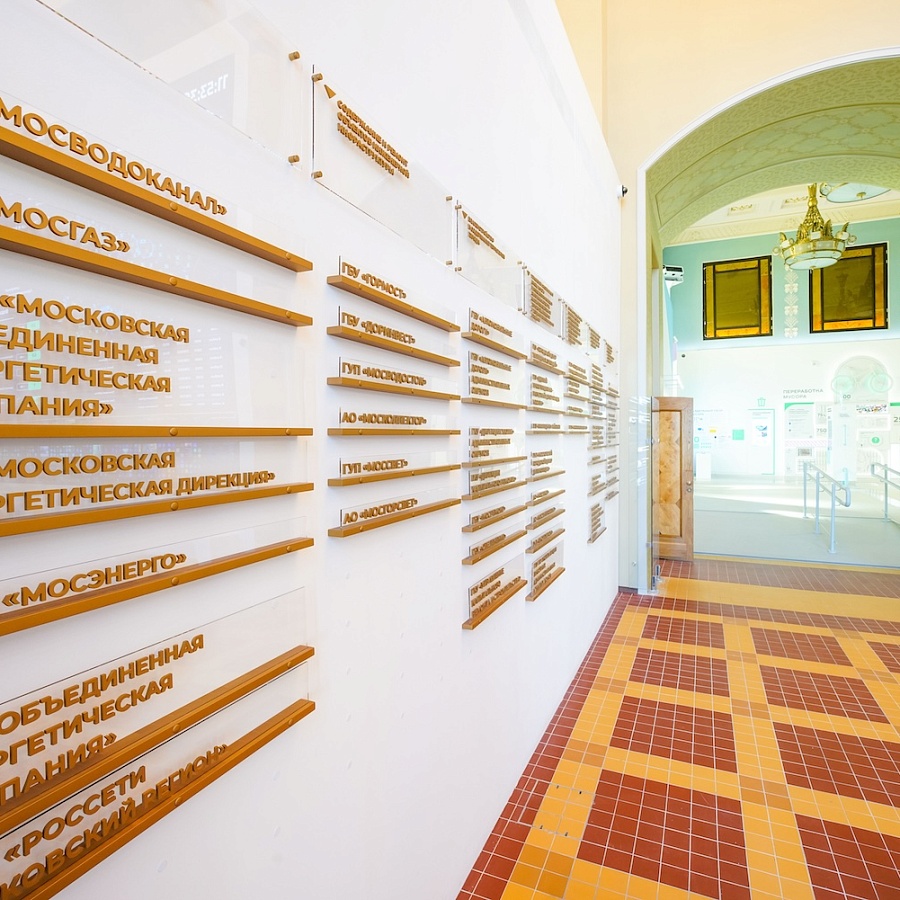
 (1).png)
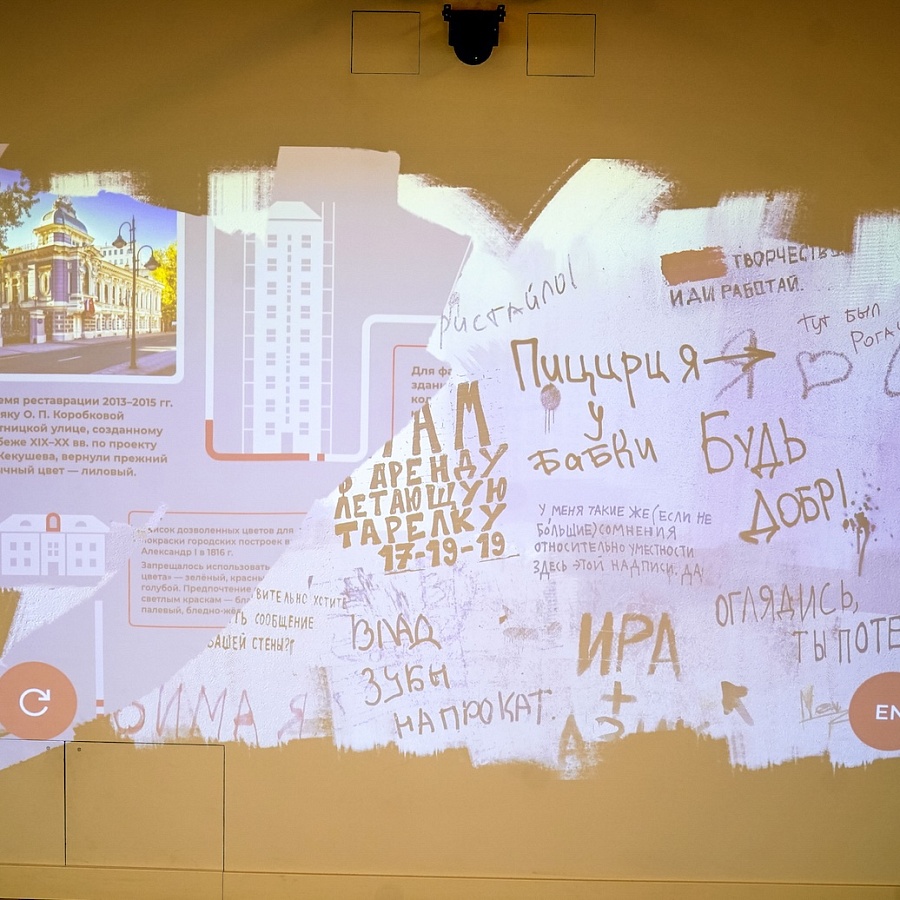
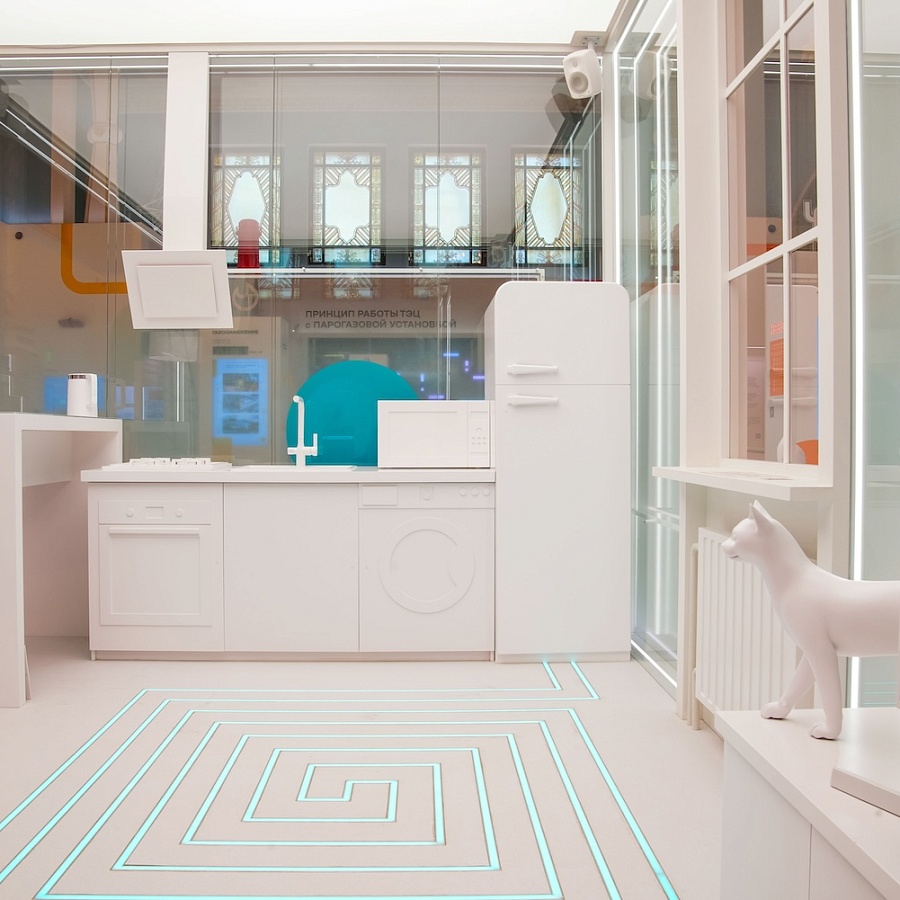


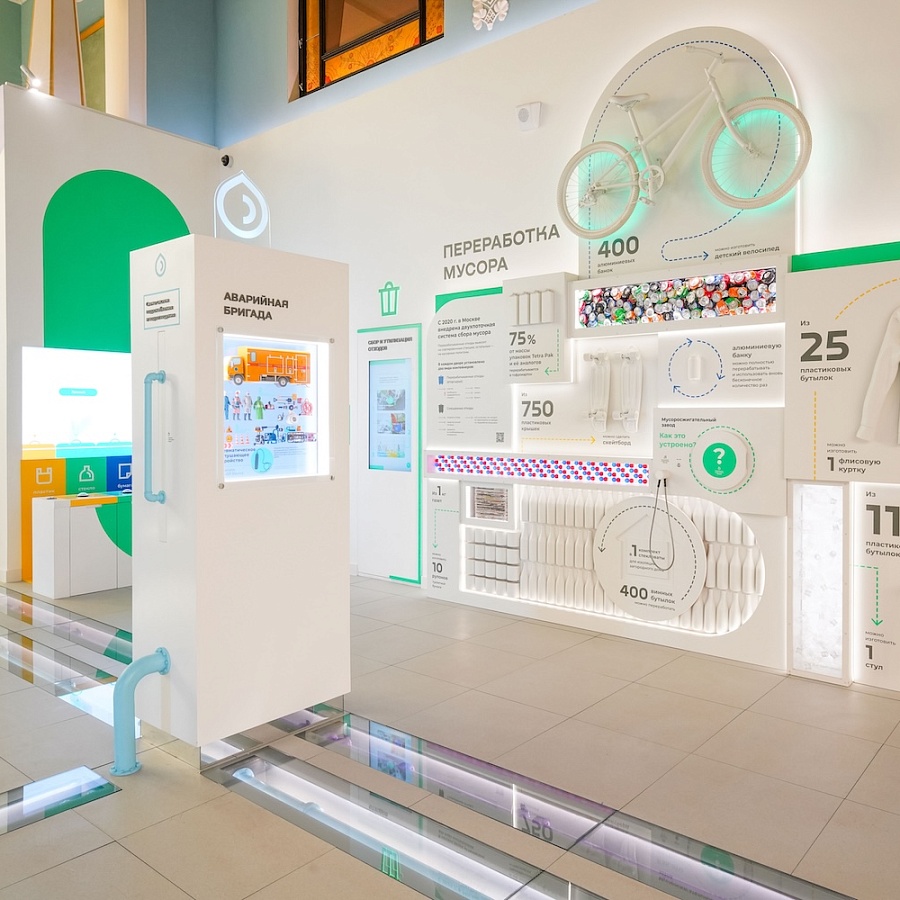
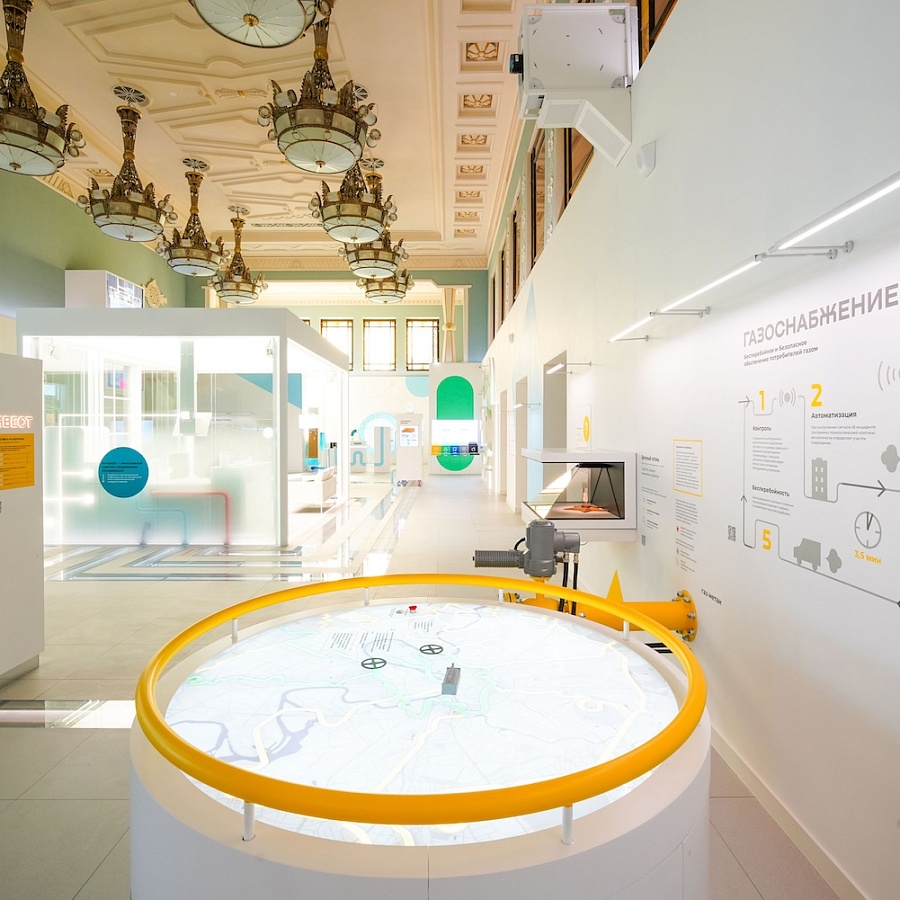
.jpg)

